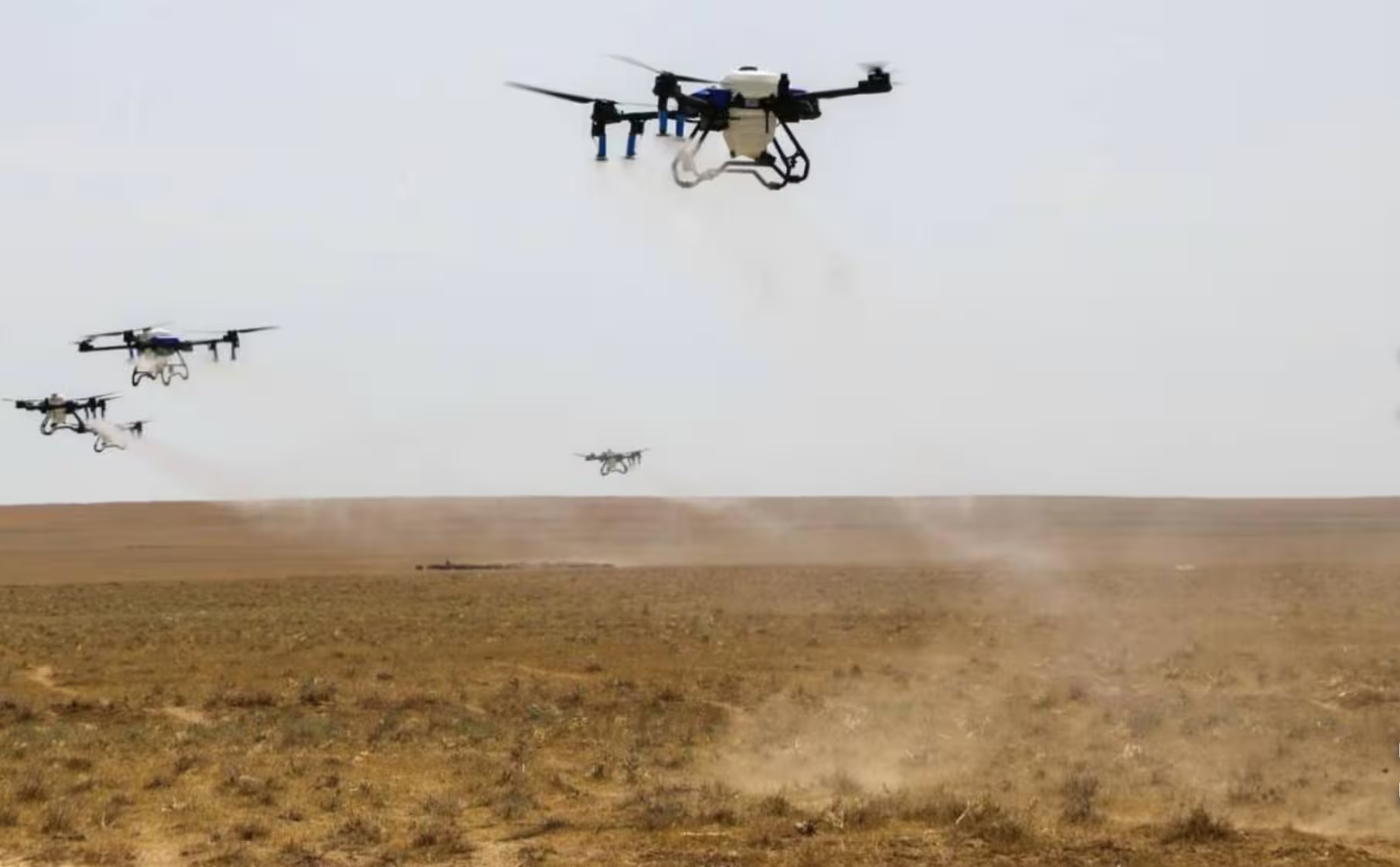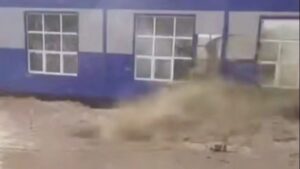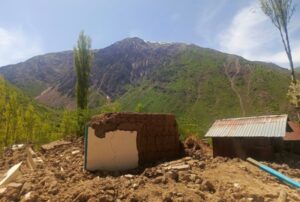For the first time, agricultural drones are being deployed to combat locust infestations in Kazakhstan’s western region, aiming to protect over 300,000 hectares of farmland.

The drone initiative marks a step in the country’s pest control strategy. According to the regional agricultural inspection service, the locust population is expected to reach its peak in 2025 due to a 12-year biological cycle.
As a preventive measure, authorities have expanded the area for treatment and used chemical agents in a timely manner throughout 2024.
“The situation was very difficult in 2022 — we suffered major losses,” said Erik Yesengaliyev, head of a local farming operation. “The first wave hit last year. Now we’re prepared. Contractors are here with the necessary pesticides, and we hope to stop the locusts this time.”

In addition to small aircraft, drones are now being used to monitor and spray affected zones. Unlike ground vehicles, these drones can directly reach infested areas from the air, making operations more efficient.
“Drones are a new technology in our toolkit,” said Kamidulla Duisenaliev, head of the district territorial inspection of the State Inspection Committee in the Agro-Industrial Complex. “They conduct aerial monitoring and targeted spraying. We assess their biological effectiveness and expect good results. Our primary goal is to safeguard crops, pastures, and agricultural lands. The next month will be critical.”
Phytosanitary services are expected to treat 320,000 hectares in 2025. The necessary equipment is in place, and authorities anticipate a mass appearance of locust larvae by the end of May, depending on weather conditions. Surveillance and response operations are being closely coordinated by regional agricultural and environmental agencies.




